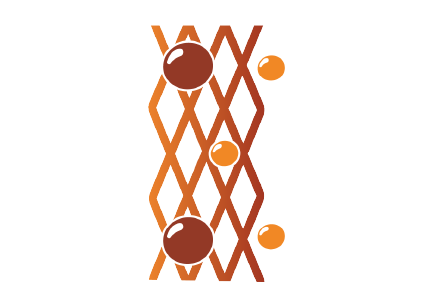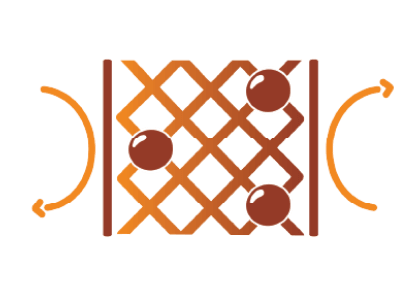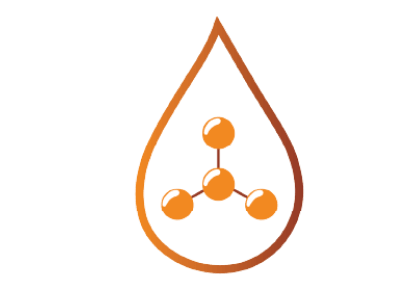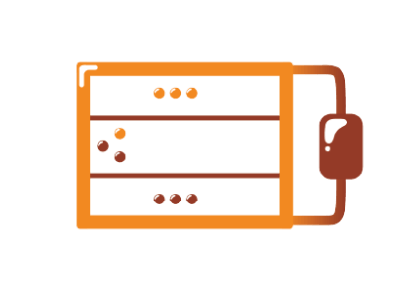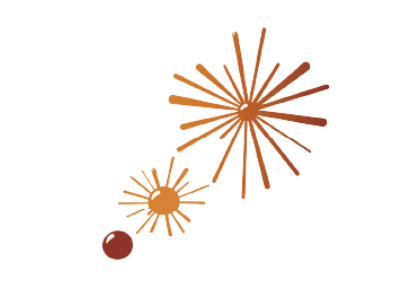The project
About
Sea4Value will design and implement technologies for recovering minerals and metals from seawater desalination brines. The aim is to make desalination plants the third source of valuable raw materials in the European Union.
More specifically, a multimineral and modular process will be developed, which will be the first industrially viable brine mining method.
Most projects and technologies dealing with metal and mineral recovery from brines, focus on individual elements, which makes the process economically unfeasible. Sea4Value goes one step further: it draws on a combination of advanced separation technologies and seeks to design a technical and economically feasible process for multi-element recovery.
Principles
The concept of Sea4Value draws on three principles:
1- Applying a circular supply model: Seawater brines as a resource of raw materials recovery
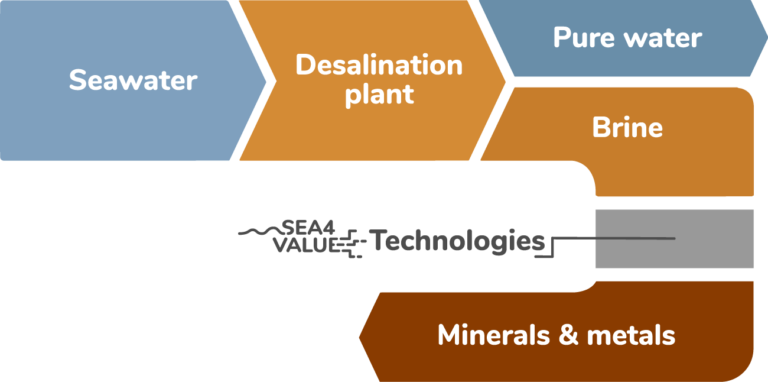
2- Advanced concentration, crystallisation and separation technologies
3- A multi-mineral modular brine mining process

Benefits
The project contributes to the security of supply and reduces the dependency on raw material imports.
Since critical raw materials for the European Union, such as magnesium, boron, scandium, gallium, vanadium, indium and lithium, will be recovered (as well as other non-critical but strategic elements such as rubidium, molybdenum and Calcium)
Production of a new local source for valuable raw materials
Helping the European industry to shift towards a circular economy.
Increased technical knowledge
With 10 ground-breaking technologies for separation mechanisms, concentration and crystallisation.
An enormous potential source of minerals and metals
Compared to conventional mines, seawater brines are multi-mineral and are an enormous potential source of minerals and metals as 19,744 plants are installed worldwide (and it is expected to grow around 7.8% yearly, according to the International Water Association, 2017).
Fostering industrial symbiosis and cross-sectorial collaboration
among seawater desalinisation constructors and operators and raw materials providers and distributors.
New business opportunities
Business opportunities to be applied to seawater desalinisation plants.
New technologies with minimum environmental footprint
New technologies developed by the project have a minimum environmental footprint: low reagent consumption and environment-friendly reagents.
Waste streams recycled
Some of the waste produced is regenerated (solvents and chemicals) and re-used in the process thus minimising consumption of reagent and the release of wastewater streams.
On-site chemical production reducing reagents consumption
Some chemicals required -such as sodium hydroxide for magnesium precipitation- are generated as a by-product in other stages of the process. They are fed into the process loop thus reducing reagents consumption and their associate production impacts.
Create new jobs
As a Circular Economy project, it has the potential to create new jobs. From skilled production site employees to highly specialised technicians, entrepreneurs, raw materials brokers, etc.
Desalination efficiency : 80% recovery of fresh water
A sharp increase in water desalination efficiency - 80% recovery of fresh water for consumption against 50% or less today.
Reduction in the brines discharged in the sea
Technologies
Pre-treatment
Nanofiltration membranes for monovalent and multivalent ions separation
Polyelectrolyte multilayer nanofiltration membranes, produced using layer-by-layer, have not been used in high ionic strength, due to their instability in strong salt solution. Sea4Value will overcome this by finding a sufficient cross-linking of layers.
Calcium precipitation
The selective calcium precipitation process will reduce scaling problems in membrane processes and avoid interferences in the developed technologies. One of the main innovations and benefits of removing calcium is to minimize the magnesium removal in the successive steps of the process.
Concentration
Advanced multi-effect distillation
Even if this is the third desalination technology worldwide, there is a room for improvement. In the Sea4Value project new thermally conductive polymer composite tubes will be developed for the specific process conditions, leading to the enhancement of thermal conductivity in radial tube direction.
Advanced membrane crystallisation
When using brines, impurities resulting from precipitation of gypsum and calcium carbonate affect the product purity. Sea4Value aims to improve the purity of magnesium hydroxide by using cation exchange membranes.
Selective recovery
Ion-selective polymer inclusion membranes (PIM)
Polymer inclusion membranes are selective dense membranes for the transport of organic molecules, cations or anions, depending on the nature of the carrier. For the selective recovery of gallium and rubidium, Sea4Value aims to develop membranes which has not been studied before. For this, membranes including ionophores selective will be produced.
Electrodialysis with bipolar membranes (EDBP)
It was demonstrated that electrodialysis concentrates sodium chloride from seawater desalination plants brines with competitive electrical consumptions. For the selective recovery of boron, Sea4Value will evaluate the application of this technology. Monovalent anion-exchange membranes to enhance the concentration factors will be used.
3D-printed adsorption modules
The use of adsorption technology in low concentration metals recovery from seawater brines is hindered due to the presence of much higher concentrations of other minerals. For the selective recovery of boron, indium, vanadium, molybdenum and scandium, Sea4Value will use 3D printing to develop new adsorbents with improved performance in terms of the concentration factors.
Ionic liquid solvent extraction
Ionic liquids are one of the major trends in this green revolution, due to its very low volatility and flammability, high thermal stability and hydrophobicity. In Sea4Value commercial ionic liquid will be used -for the first time- to selectively recover indium from brines.
Binary extractant solvent extraction
A proof-of-concept has been provided with batch lab-scale experimentation on synthetic brines. Sea4Value will apply this concept to real seawater desalination plants streams for the selective recovery of magnesium.
Synergic solvent extraction combined with Solvometallurgy
Concentrated seawater desalination plants brine contains lithium in the range of 5-7 ppm. Up until now, no commercial process is available for production of lithium from seawater resources. The Sea4Value project will optimized extractants and solvents and develop a solvometallurgical process for the selective recovery of battery-grade lithium carbonate.
Non-Dispersive solvent extraction (NDSX)
Studies have demonstrated that supported liquid membranes, which are a combination of polymeric membranes and extractants, are very effective in removing and recovering metals from liquid effluents at low concentration. Sea4Value will evaluate the use of non-dispersive solvent extraction for the selective recovery of trace metals such as indium, vanadium and molybdenum in highly saline media.
In order to design methodologies for set-up and integration of these technologies, mathematical models will be developed to create a process simulation tool. This tool will set the basis creating a modular mineral and metals production processes for the different brine compositions specific.
Ambitions
Catalogue of the brines composition
By taking into account its origin and contributing to building the European Union knowledge base about raw material sources.
Make seawater desalination plants the third source of valuable raw materials.
Develop next-generation technologies
to recover minerals and metals from seawater brines in desalination plants.
Increase technical knowledge
Increase knowledge about the mechanisms involved in established advanced separation processes dealing with high-ionic strength solutions, thus enabling the development of radical innovations.
Validate the feasibility of innovative processes
Validate the feasibility of innovative processes able to produce raw materials in a sustainable way: cost- effective and with low environmental impact through the optimal tailor-made combination of innovative technologies.
Increase the number of trained professionals
Increase the number of professionals and engineers trained in the recovery of raw materials.
Implementation
Separating, concentrating and crystallising technologies for ten metals and minerals will be validated within the first 30 months of the project in laboratories. Afterward, during the last 18 months of the project’s lifetime, a moving lab will be designed and installed at 2 operating plants to validate the technical feasibility in 2 different oceanic settings: Mediterranean (Denia, Spain) and Atlantic (Fonsalia, Canary Islands, Spain).
